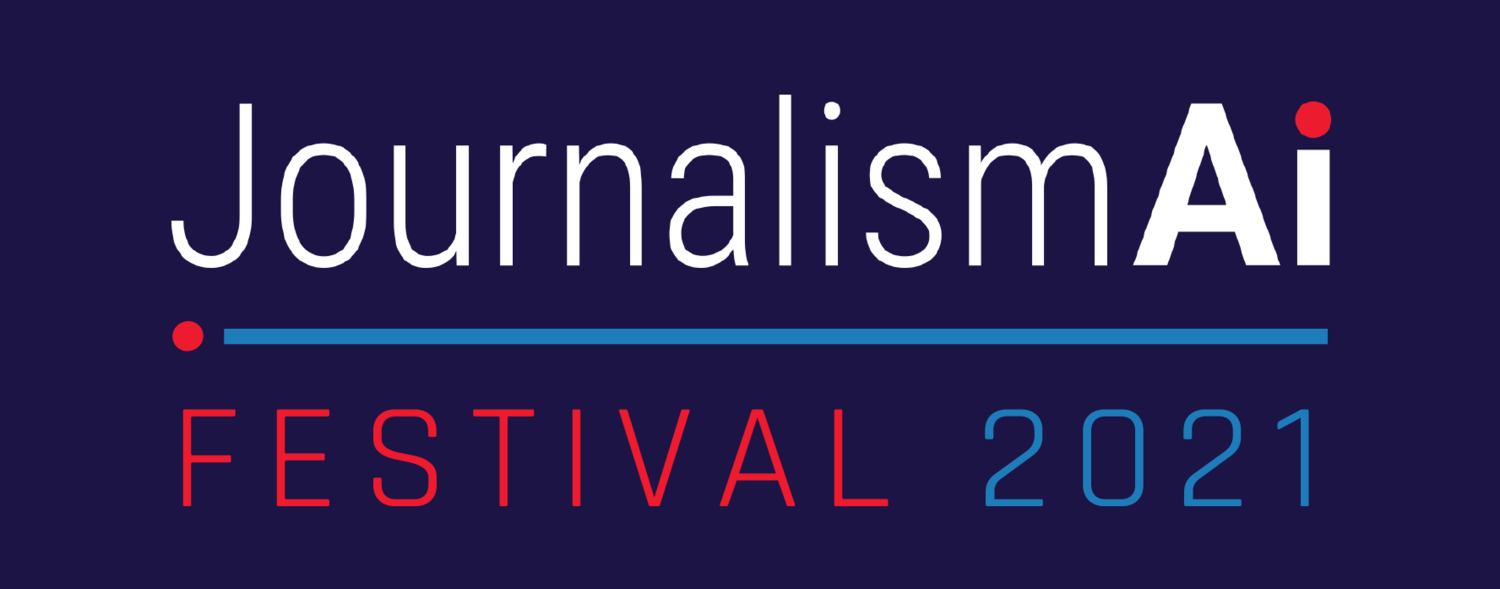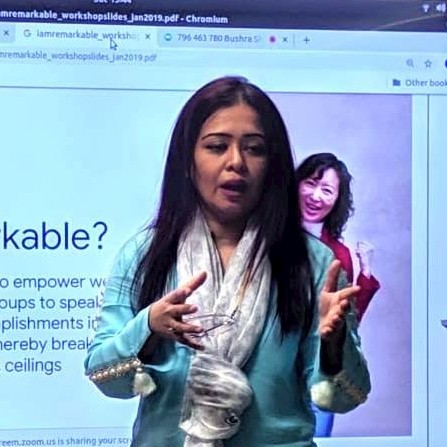
Tailored AI strategies by editors could see newsrooms collaborate in order to elevate their storytelling and improve efficiencies.
This was the consensus during the “Kickstarting the AI Journey as a Small Newsroom” session at this year’s Journalism AI Festival.
The Festival brought together journalists from across the globe in an attempt at sharing the most exciting developments at the intersection of journalism and artificial intelligence.
For many industries the introduction of AI has caused some trepidation as media owners arebattered by the economic downturn in the industry.

Africa Check chief editor Lee Mwiti – “Owners need to respond more proactively to the opportunities offered by AI systems”
“Don’t be intimidated by AI right […] If you give into fear then we will not have a future at all as small newsrooms,” he said.
Thomson Reuters Foundation audience editor Rachel Appel said the implementation of AI bysmall newsrooms could actually help solve some of their problems.
“Everyone in the newsroom has to really understand that introducing AI is a way to address these critical pain points so that we can all do the thing that we want to do which is produce the best journalism possible and produce more of it. It’s not about you know machines takingour jobs, it’s really about a tool to help us solve the problems that we face,” she said.

“Start with your pain point so really take the time to identify what is your most significant pain point as an organization both for journalists and for your audience” – Rachel Appel
In embracing AI, Appel added that journalists should not think about AI as machines that have come to take their jobs but as tools that enable collaboration, wider reach and elevate processes to allow more efficient and effective workflows.
Small newsrooms looking to implement AI technologies are often intimidated by some challenges including access to talent, capital and resources.
AI can help small newsrooms discover how they can move complex workflows to secure systems that facilitate highly efficient collaboration across teams.
“When we organise a lot of events like our flagship events, one of them being the girl summit, a digital event and the other is the ‘women in literature festival’. So what happens is, because we’re a small newsroom, when we start planning and organising the event you know the main part is the publishing bit that takes a back seat,” said Ananke editor and founder Sabin Muzaffar.
“It’s really important to create a strategy where everyone in the newsroom is involved and you also keep in mind collaboration,” she added.
Muzaffar shared that after shedding fears of AI implementation, her newsroom worked to gradually engage everyone and implement measures at a tentative and progressive pace.
“The programme made me realise that we can actually implement AI. We just need to start small and take baby steps, you know one thing at a time, orient our staff. I think that’s really important because you know AI is something daunting.”

We just need to start small and take baby steps, you know one thing at a time, orient our staff. I think that’s really important because you know AI is something daunting – Sabine Muzaffar
AI requires a team strategy
Reuters’ Appel said implementing AI requires a strategy tailored to the needs of a team to get everyone’s buy-in.
“Start with your pain point so really take the time to identify what is your most significant pain point as an organization both for journalists and for your audience. Start there and really spend a lot of time making sure that everyone understands that any tool that you introduce is to help,” she said.
Echoing Appel, Mwiti explained that great AI strategy is centred around keeping both colleagues and audiences engaged through the changes.
“Having that strategy really helps make your journey that much clearer because you know if you think ‘mindset and culture’ and if you’re building that internally then it should be easier for you to engage with um one your colleagues and your um stakeholders but also with your audiences,” he said.
Appel stressed that starting small is crucial for successful implantation where the newsroom can fully benefit from small changes.

